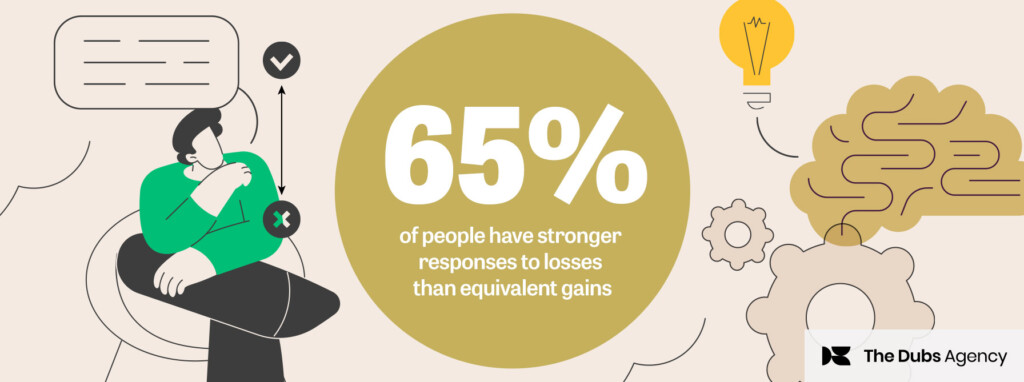In the financial services sector there’s a lot of talk about disruption, with fintechs and non-traditional competitors eating away at the share of wallet at an increasingly rapid pace.
But as we’ve discussed, LinkedIn’s research shows that trust is the most important factor when it comes to who will come out on top. With this in mind, we asked LinkedIn’s head of marketing ANZ, Ben Eatwell, to share his insights on the content that works best for finance brands
Based on the latest LinkedIn research, what type of content works best for finance brands?
The best content is contextual, relevant and engaging. And when it comes to explaining context, never before has Marshall McLuhan’s famous phrase “the medium is the message” been more relevant.
To be successful on LinkedIn, financial services marketers need to understand the professional mindset of the LinkedIn audience and create content that matches this mindset. That doesn’t mean only business-focused content works – some of the best content I’ve seen take off from financial services brands has been more personal content such as The five things successful people do before they go to bed.
As well as creating content that is relevant and valuable to your target audience, my recommendation is to move away from one-off campaigns and instead build your content around your customer’s journey. Identify the steps your customers take on their path to purchase and then create content that adds value at every stage of that journey. The best success is seen by brands who then understand the need to strike a balance between brand building content and direct response activity.
Move away from one-off campaigns and instead build your content around your customer’s journey.
More than any other channel there’s a huge opportunity on social media to drive a conversation, so make the most of this opportunity. Break down larger pieces of content such as whitepapers into more snackable pieces and use these to efficiently engage customers over the length of the purchase journey.
When creating content, where should financial brands be focusing their attention and energy?
McKinsey states that two thirds of the decisions customers make are informed by the quality of their experiences over the course of the purchase journey. When you understand their journey you can create content that supports each step, which is critical to building trust. Aligning your brand and mission with authentic, value-adding content will translate into greater engagement.
Subscribe now for content marketing insights and trends straight to your inbox.
If you’re trying to create your content plan based on individual campaign ideas you’ll never be able to deliver everything you need and your team will be run ragged trying to keep up. Instead, you need to first set out the strategy before you move into tactics. Build a plan around your audience and their needs. Create a calendar from that plan based on the different stages of the customer journey and define success metrics based on those stages.
How important is imagery?
Imagery is incredibly important, with articles that include visuals getting 94% more views. Steering clear of stock imagery is obvious, but also make sure that all imagery can be easily viewed on mobile devices. Also, trust the machines – marketers are great at strategy but should let the algorithms on LinkedIn do what they are good at, optimising the creative and messaging based on what’s resonating most.
Where are finance brands commonly going wrong?
There are a few things that we see as common areas for improvement:
1. Hyper targeting – our B2B buyer research shows that there are on average 3.9 stakeholders involved in financial services purchases, so only targeting the ultimate decision maker can backfire – go broad but optimise based on the data to get the best results.
2. Looking at one channel at a time instead of taking an integrated approach. Using different products, such as dynamic ads alongside sponsored content and inmails for different customer stages and content can increase engagement and conversions.
3. Going straight for the kill with direct response advertising.
In summary, how do you create a marketing model for LinkedIn that can be scaled?
1. Understand your customer
2. Map their customer journey
3. Set objectives for each stage of the customer journey and metrics that match
4. Build trust through always on content in parallel to leads
5. Develop and document a content strategy
6. Optimise
Related Article: Content On LinkedIn – How Finance Brands Can Win Back Trust
Related Article: Get the Most From Sponsored Content – A LinkedIn Insider Tells How
Subscribe now for content marketing insights and trends straight to your inbox.









